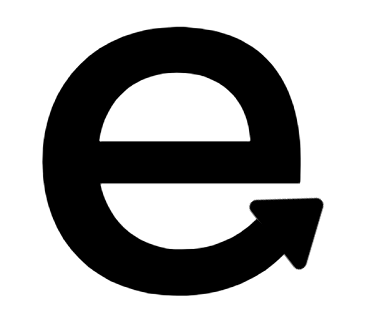by Angela Cathey
With the New Year approaching, I’ve decided to put into writing a few of my favorite influences. Some of these are a bit “heavy” and others pure poetry of science. Though any of these books can be said to be exceptional on the whole, for some I focus on specific chapters and what they offer.
I chose these particular works for their “mind-stretching” capabilities. Like good post-apocalyptic sci-fi, they in so many ways, hint of what in human nature may save us or destroy us. I hope that the newer generations of behavior analysts will fall in love with these books as well.
Bernard Guerin has the ambition of someone who loves the world and what good science can do for it. He has an integrative style that smacks of an avid reader. He brings together research from sociology, anthropology, and psychology under a behavior analytic framework. This volume, one of his two larger survey works, includes analysis of social contingencies broadly applicable to doing good Functional Analytic Psychotherapy (FAP), Acceptance and Commitment Therapy (ACT), or Prosocial work. Further, the applications extend to simply understanding the social world in a way that allows one to be a better human to others.
Guerin’s handling of this material necessitates an understanding of the vast applications of behavior analytic principles. As an organizational interventionist, I find his work on allocation of resources in groups impressive. Bernard has a way of rather seamlessly unifying behavioral economics with large-scale contingencies and consumer behavior.
Of equal interest are Guerin’s sections on social strategies, trust, and group dynamics. Again, Guerin presents an impressive account of how one might understand the evolution of trust, and dynamics that influence it, across micro and macro contexts. If you are a behavior analyst interested in creating “real-world” change, this is one you shouldn’t miss.
This volume is Bernard Guerin’s earlier survey of behavior analytic principles as they apply to a wide array of important intrapersonal and interpersonal behaviors. Here Bernard handles a wide array of topics that most behavior analysts shy away from with thorough appreciation of the subjects, and his own limitations. Like Guerin’s other volumes this volume integrates findings from other sciences and provides the scaffolding needed for gaining an in-depth of knowledge of human behavior.
Of particular interest in this volume are his handlings of creativity and chapters like “Zen and the Art of Contingency-governed Behavior.” These chapters are fun and ground the new learner of behavior analysis in the wealth of applications the science affords. Further chapters on the impact of modern communication and media are rich with inspiration for applied researchers and provide great insight for integrative clinicians.
This book can hardly be considered light reading, but should be considered essential reading for those in behavior analysis. With chapters like, “Verbal Relations, Time, and Suicide” written by Steve Hayes – it’s one that anyone in the field long enough will want to read. (If for only the reason that you’ll still hear argument over these points decades later.) One particularly good chapter is that written by Linda Hayes, “Equivalence as Process.” Here Linda Hayes describes an interbehavioral (Kantorian) view of events as interactions evolving through the ever-present historical context.
This is a great meta-science text. It takes a look at the science-of-science – how scientific paradigms form and shift under the process of science itself. This is about noticing our field’s influence on the creation of knowledge itself.
This is admittedly fairly dry reading. It’s an important read due to its thorough handling of rule-governed behavior. This highly influential category of human behavior is known to influence huge swaths of adult human behavior and expereince. With chapters with basic analyses of “knowing,” “understanding,” and “listening,” it’s a dense but worthwhile reads.
Whether your training is centered more based in clinical psychology or directly in behavior analysis, there are few who wouldn’t benefit from a read of this text. The author presents a different view of many forms of “psychological disorder.” This is a good one to read if you’re into considering the impact of the medical model and other ways of understanding variation in human behavior.
We’re now seeing more writing from the clinical and applied RFT folks that are approaching the level of fluidity seen in this volume; however, this is still a great read to start your journey towards learning Relational Frame Theory (RFT).
“Big purple” as it is often referred to, should be a necessary read if due only to its importance in the scheme of behavior analytic theory. Chapters that deal with the role of verbal/symbolic relating as it applies to group membership are useful and interesting.



